The Night is Short, Walk on Girl is a film as quirky as its name. From the mind of Masaaki Yuasa, The Night is Short, Walk on Girl is a Japanese animation featuring a psychedelic journey centered on a single frivolous night on the town, told from the perspectives of two people as they go wherever life takes them. Full of dizzying visuals, fast-paced scene changes, raunchy humor and a plethora of spontaneously-appearing side characters, the film may not be for the faint of heart. Hidden under its wacky persona, however, the movie is an ambitious attempt at analyzing what it means to be young, taking chances and how interconnected the world is.[vc_video link=”https://youtu.be/x4IROrwsR-Q”]The premise of the movie features one fateful night when two characters set out on their own adventures in Kyoto’s thriving nightlife. The first character is a girl only referred to as “The Girl with the Black Hair” (Kana Hanazawa) or simply Otome–meaning “maiden” in Japanese. The second is noted to be Otome’s Senpai–a term used to address someone of a higher social standard such as age and prowess– and is voice by Gen Hoshino. Otome–a college-aged student–hunts the local pubs for alcohol, tackling every drink that comes her way and later even joins a bar crawl. Her male counterpart, on the other hand, sets his sight on impressing and confessing his feelings to the oblivious Otome, searching for her all across town. From there, everything gets a little more complicated as Otome and Senpai are thrown into a variety of seemingly random and disconnected scenarios, including a drinking contest, spicy food eating competition and a feud between the Director of School Festival Operations and the “Codger of Monte Cristo”.Upon first glance, director Masaaki Yuasa’s signature artistic style from films such as Ping Pong: The Animation (2014) and Lu Over the Wall (2017) is seen injected into the heart of the movie. Unafraid of bold colors, lines and perspective, Yuasa is known for playing with exaggerated proportions, saturated hues and simple designs. While most modern-day Japanese animations promote detailed drawings and scenery, Yuasa’s art goes against the grain, simplifying his characters even more. This works out well throughout his film, as his stylization further emphasizes the the splendor of Otome and Senpai’s extravagant night.Despite being produced by animation company GKIDS Films and featuring Yuasa’s deconstructed style, however, The Night is Short, Walk on Girl is far from being as innocent as it seems. Director Yuasa has a history of marrying his saturated and simplistic art style with taboo topics of nudity, sexuality, violence, drugs and more. One of Yuasa’s previous projects, Netflix’s “Devilman Crybaby” (2018) exemplifies this fact, as he is able to illustrate the pure emotions maturity through all the sex, gore and apocalyptic scenes, breaking generalized perceptions of animation being childish and trivial. In spite of that, the tone of The Night is Short, Walk on Girl carries a drastically different tone from his old work–replacing violence with romance and wonder, instead of showing sex on screen he makes sexual jokes. Instead of using his colors to highlight drama, Yuasa’s shapes and style emphasize the humor and fancy of the film’s unimaginable night–nonetheless his tactics are just as effective as before. [vc_video link=”https://www.youtube.com/watch?v=ww06yGPM7Kc”]Nonetheless, there are problems that such an ambitious film. The Night is Short, Walk on Girl suffers from the overwhelming its bombastic colors and characters by cramming so much into its story, resulting in a whirlwind of a fast-paced comedy. Comprehending the sequence of events following the first ten minutes of the film could make a person go mad. The film moves at an incredibly fast pace, constantly switching between following the antics of Otome, to Senpai, back to Otome as the plot only gets stranger. It’s difficult to explain how a search for drinks and love turns into a hunt and a duel at a used book fair, then a series of “guerrilla plays” at a school festival and finally a trip across town the morning after. Not to mention how the eclectic cast of supporting characters fits into the mix, including the likes of Toudou-san–a depressed owner of a struggling karp shop, drunk and member of the “Bedroom Investigation Committee–and “The God of the Old Books Market”. The film could have easily been made more digestible if it were divided into a mini series with an episodic nature, as each environment Otome and Senpai find themselves in–such as the old book market and school festival–carry their own distinct storylines and plots. On the other hand, it could be said that dividing The Night is Short, Walk on Girl wouldn’t do the movie justice. Under layers of dirty jokes, Yuasa’s stunning visuals and random scenarios, the film is centered around themes that call for such a quick pace.
Otome, while seeming like a girl just looking for a fun time, is portrayed as an opportunist that ends up making the most of her night. When characters Higuchi and Hanuki-san offer to take her around Ponto town in search of alcohol, Otome follows. When Otome is offered a chance to take part in the daring guerilla play, she jumps in head-first. As ignorant as Otome seems, the movie preaches that you should take chances and mistakes while you’re young–to not be afraid to get out of your comfort zone no matter how random, crazy and delusional life seems. It’s even paralleled by the title of the movie, The Night is Short, Walk on Girl could be extrapolated to the idea that “life is short, just keep going”.
The idea that life is about taking chances is reinforced by introducing the juxtaposition between fate and chance. Otome and Senpai, despite facing their own struggles, find themselves running into each other over and over again. While Otome believes this is all due to coincidence, watching Senpai’s point of view makes viewers question whether this is true or not. Senpai’s whole agenda that night is to impress and bond with the girl of his dreams–his storyline hints that these occurrences are a result of fate. Later on, characters such as the romantic Don Underwear (Ryuuji Akiyama) hypothesizes that he is destined to be with a woman he met one day when he believed he experienced love at first sight. Unfortunately, after a devastating plot twist, all of his fantasies are proven untrue, breaking his heart as viewers question the validity of fate once again. Although the film tries to reason that everyone and everything in the world is related and connected, the question is never answered, suggesting that viewers forgo the questioning and just go with the flow.
If the movie had breaks in between and an episodic nature, this emphasis for viewers to just keep going may be lost.As one of the most ambitious animated films to date, The Night is Short, Walk on Girl, is a beautiful and introspective film that encourages open mind and thought. As turbulent as it is, Yuasa’s flamboyant art direction paired with a chaotic but fun-filled story, makes the movie one to remember and one that everyone should give a chance to speak its mind.
‘The Night is Short, Walk on Girl’ highlights what it means to be young
August 29, 2018
1
1
Tags:
More to Discover











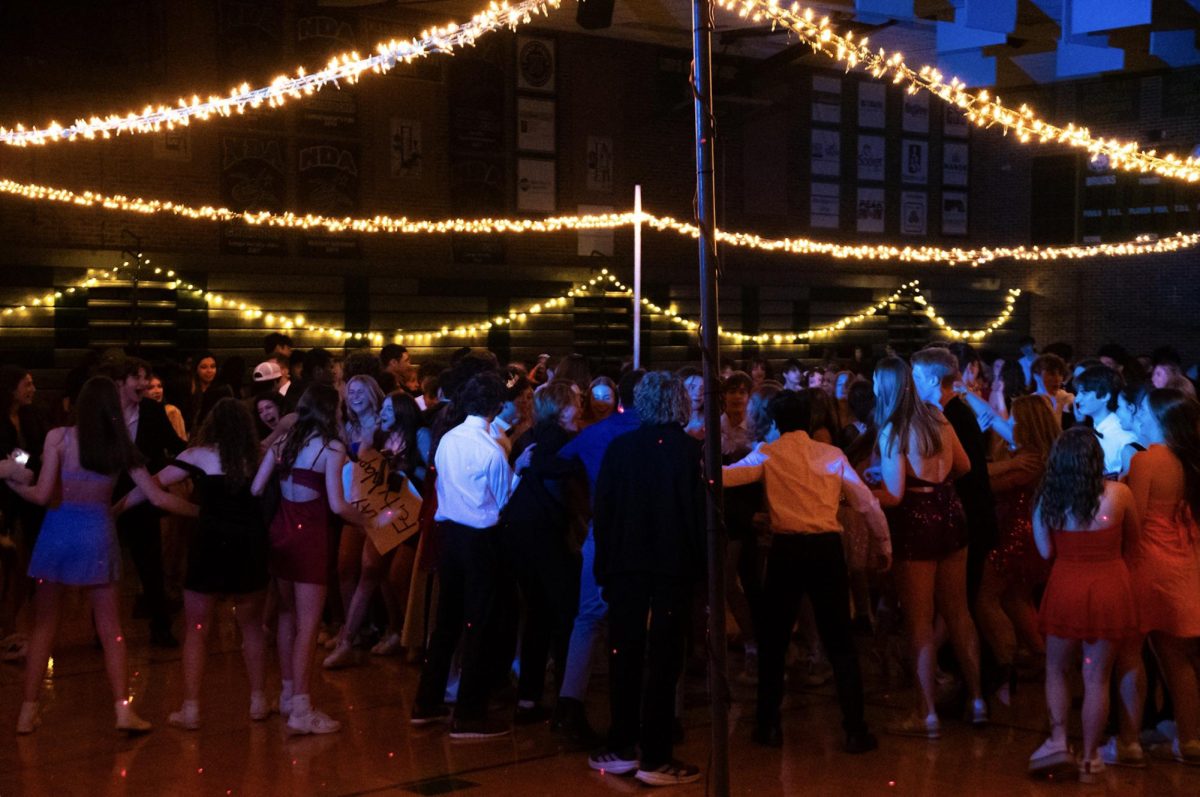


























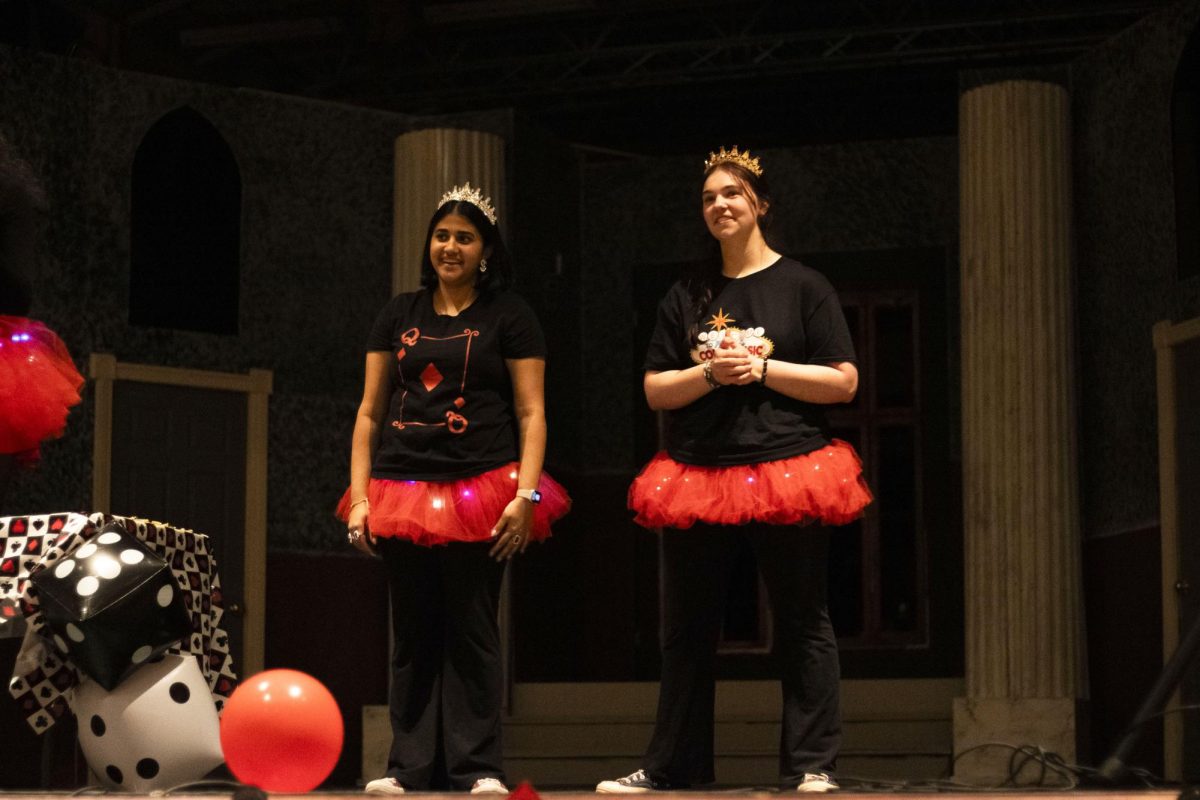





































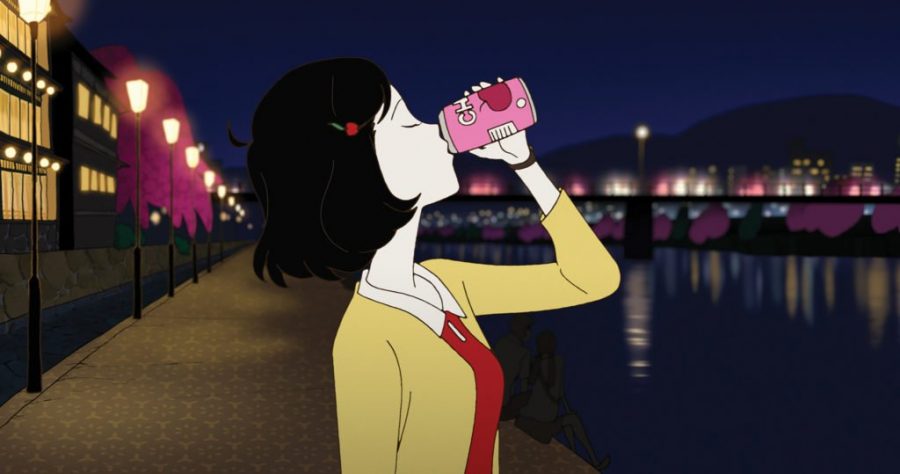


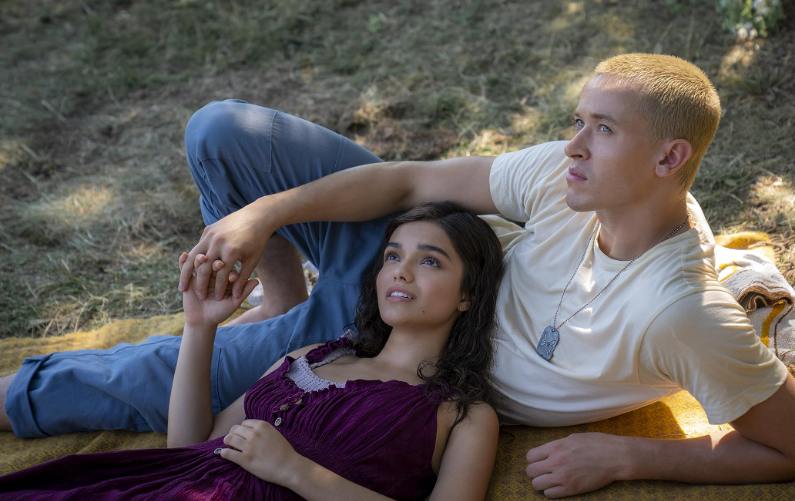
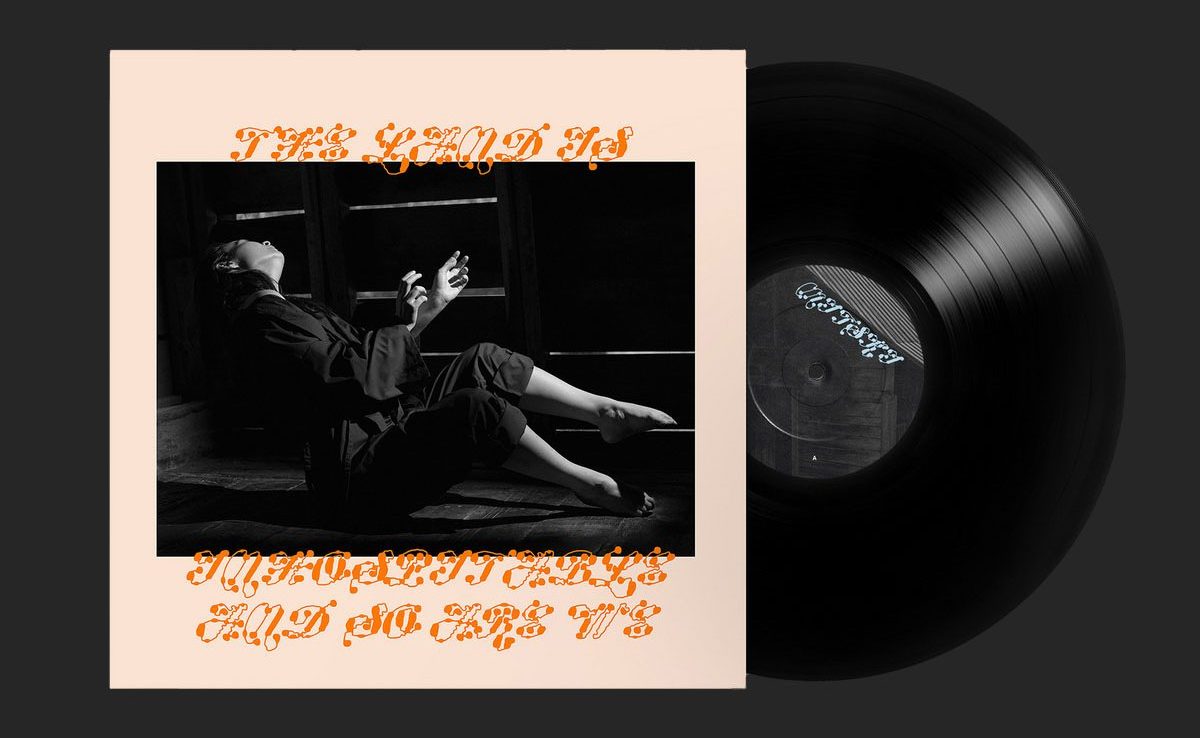

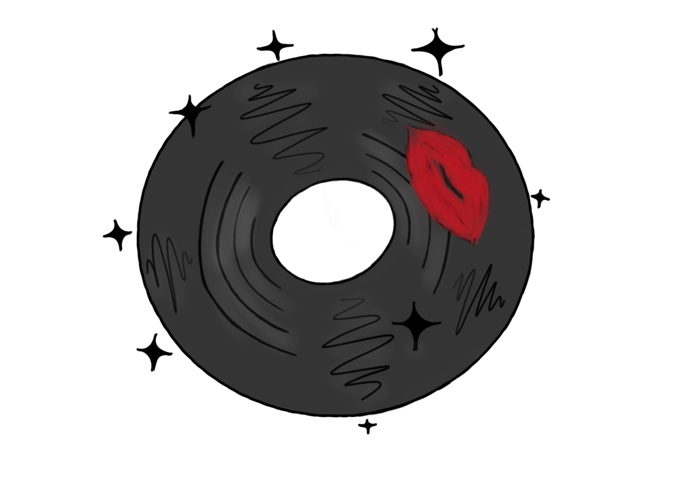

ran • Aug 4, 2024 at 5:10 pm
great description and writing <3